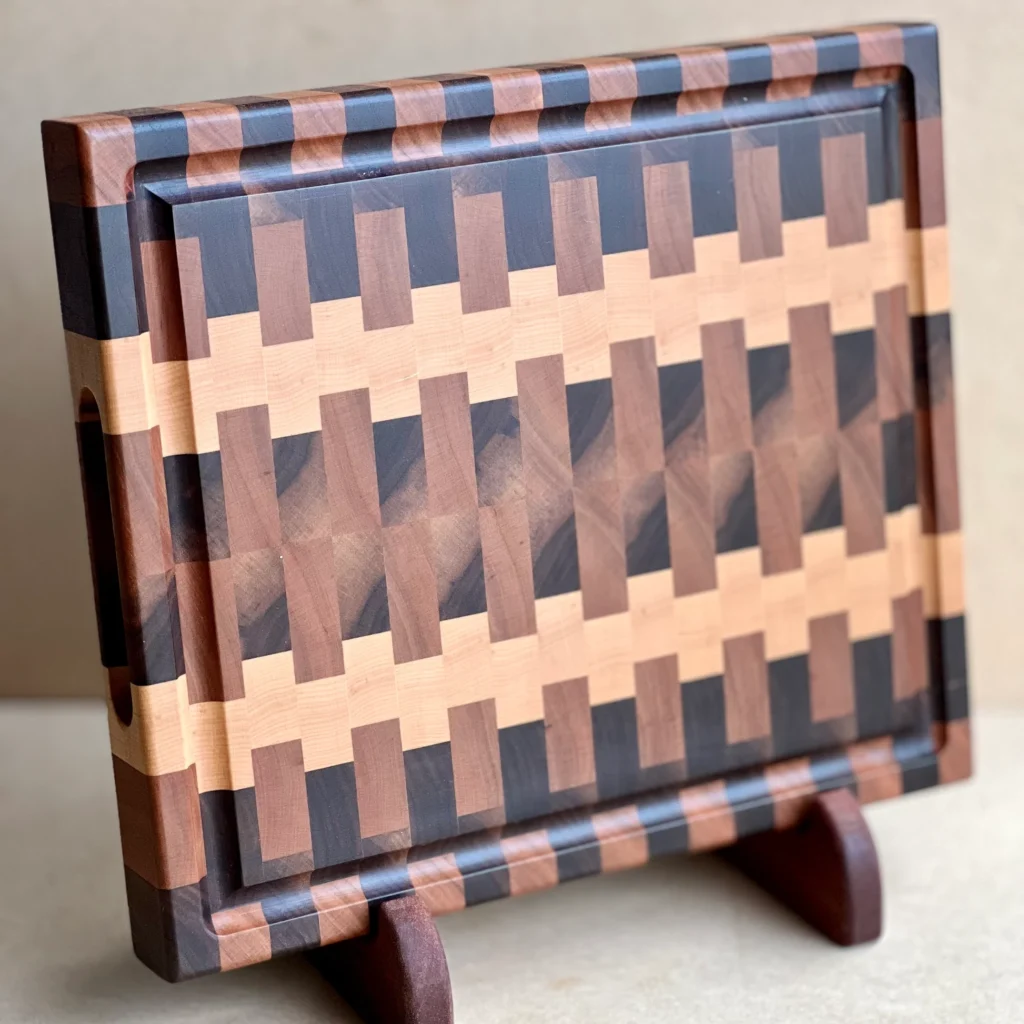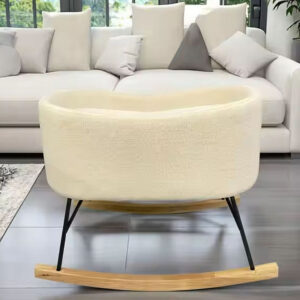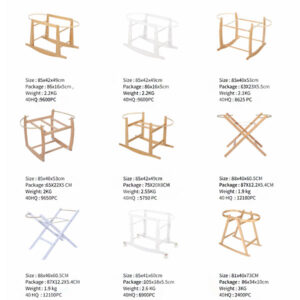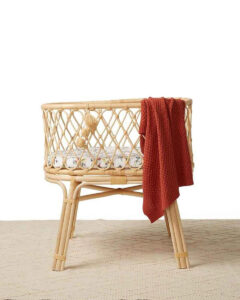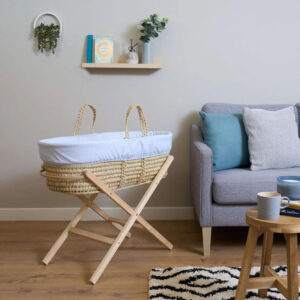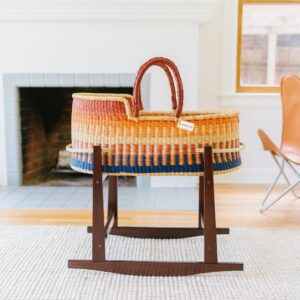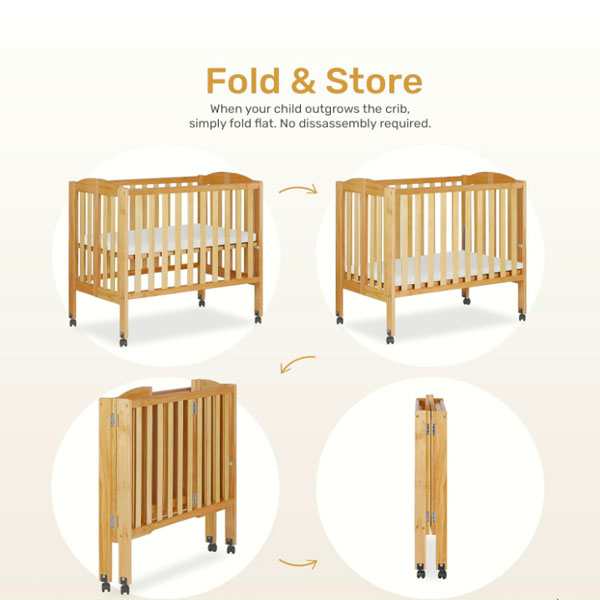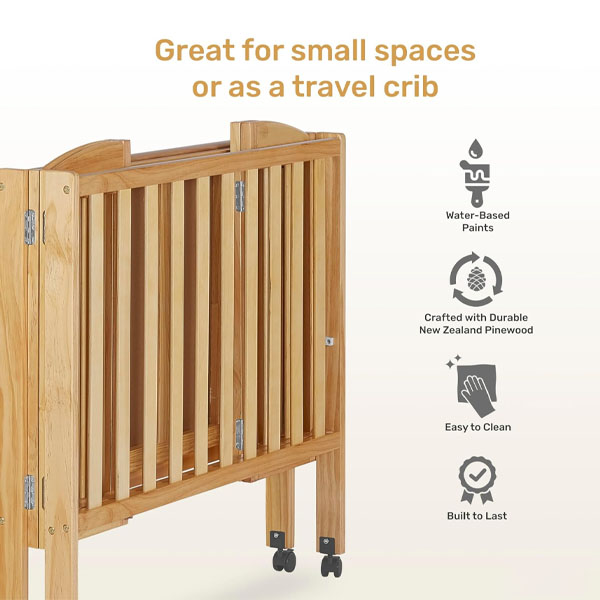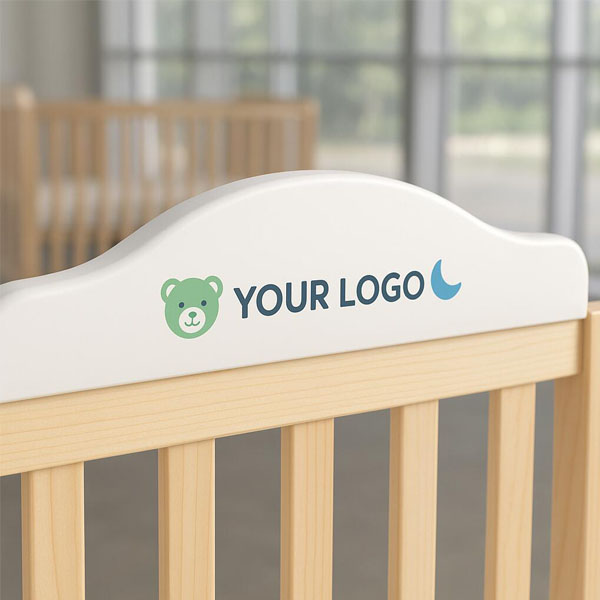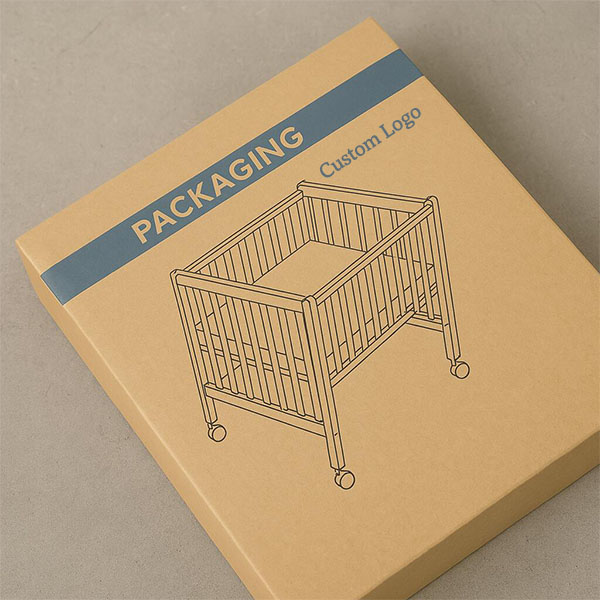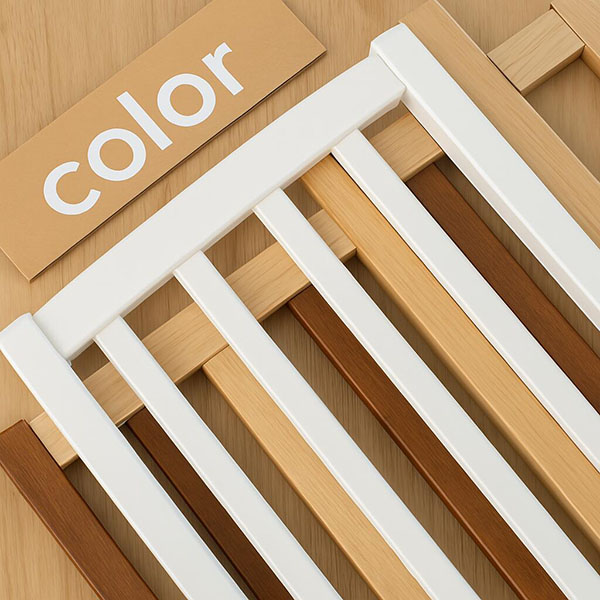Trends in Recyclable & Biodegradable Cutting Boards: The Future of Sustainable Kitchenware
The demand for eco-friendly kitchenware is at an all-time high, and the cutting board industry is no exception. As consumers become more conscious of sustainability, manufacturers are responding with recyclable and biodegradable cutting boards designed to minimize environmental impact.
This article explores the latest trends, materials, innovations, and challenges shaping the future of sustainable cutting boards. This article explores the latest trends, materials, innovations, and challenges shaping the future of sustainable cutting boards.
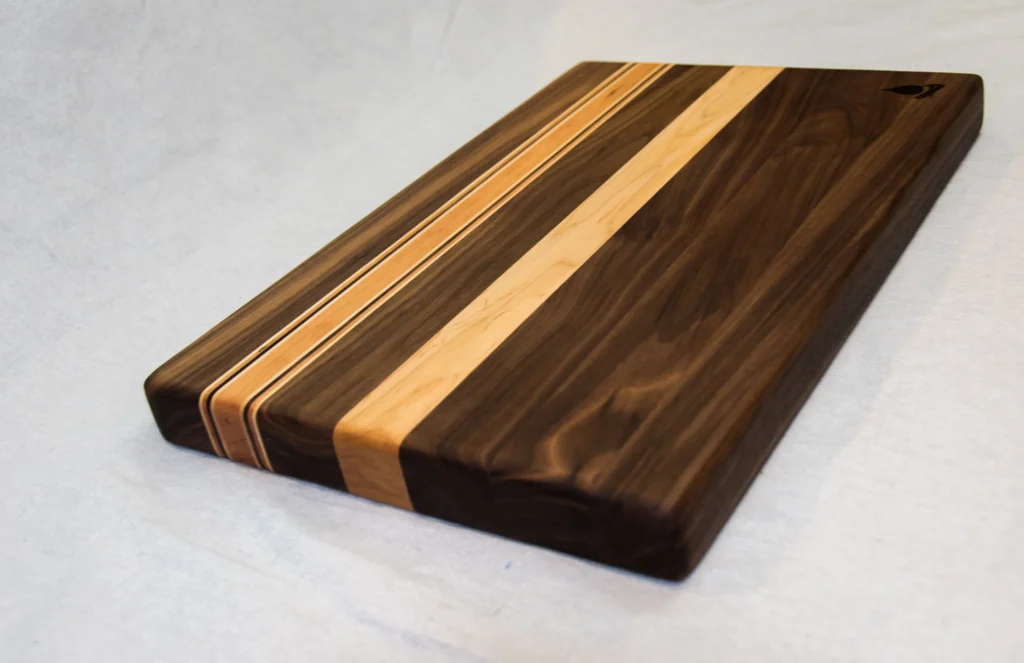
https://woodencraftsliving.com/cutting-board-supplier/
1. The Rise of Eco-Friendly Cutting Boards
🔹 Consumer Demand for Sustainability:
- A 2024 study found that over 70% of consumers prioritize sustainable products when shopping for kitchenware.
- Interest in plastic-free, compostable, and long-lasting materials is driving the shift away from traditional plastic and hardwood cutting boards.
🔹 Government Regulations & Corporate Sustainability Initiatives:
- Many countries are banning single-use plastics, pushing kitchenware brands to explore biodegradable alternatives.
- Major retailers, like Wayfair, Amazon, and Williams Sonoma, are prioritizing green-certified products in their catalogs.
2. Key Trends in Recyclable & Biodegradable Cutting Boards
a. Plant-Based & Biodegradable Cutting Boards 🌿
💡 What’s new? Manufacturers are turning to plant-based materials that naturally break down after disposal, reducing landfill waste.
✔ Popular biodegradable materials include:
- Bamboo: Fast-growing, renewable, and compostable.
- Coconut husk fiber: A byproduct of coconut farming, reducing agricultural waste.
- Hemp-based bioplastics: A plastic-free alternative with a wood-like texture.
- Mycelium (mushroom) composites: 100% biodegradable and moldable into various shapes.
🚀 Future Outlook: The development of bio-resins and natural adhesives will enhance the durability of plant-based cutting boards.
b. Recycled & Upcycled Cutting Boards ♻
💡 What’s new? Instead of producing new materials, some brands are repurposing waste products into durable cutting boards.
✔ Top materials include:
- Recycled plastic – Prevents plastic waste from ending up in oceans and landfills.
- Reclaimed wood – Reduces deforestation while giving old materials a second life.
- Paper composite boards – Made from compressed recycled paper and resin, offering a plastic-free, durable alternative.
🚀 Future Outlook: Brands are focusing on 100% recyclable cutting boards that can be returned and repurposed at the end of their life cycle.
c. Water-Based & Natural Adhesives 💧
💡 What’s new? Traditional composite cutting boards use synthetic resins (like formaldehyde-based adhesives) that release toxins. The latest trend is switching to non-toxic, plant-based adhesives.
✔ Examples of eco-friendly adhesives:
- Soy-based resins – An alternative to petroleum-based glues.
- Cornstarch-based bioplastics – Fully compostable and food-safe.
- Water-based binders – Reduce VOC emissions and chemical pollution.
🚀 Future Outlook: Expect to see more low-carbon adhesive solutions that improve the safety of eco-friendly cutting boards.
d. Multi-Use & Zero-Waste Cutting Boards ♻️
💡 What’s new? Consumers want versatile kitchen tools that reduce waste and offer multiple functions.
✔ Examples of multi-use sustainable boards:
- Double-sided cutting boards – One side for raw meat, one for vegetables, extending usage.
- Trivet-compatible cutting boards – Heat-resistant and usable as a serving tray.
- Fully compostable boards – Designed to be buried in soil after years of use, turning into organic matter.
🚀 Future Outlook: More brands will focus on "closed-loop production," ensuring cutting boards leave zero waste behind.
3. Challenges in Recyclable & Biodegradable Cutting Boards
🔸 Durability vs. Sustainability – Some biodegradable materials wear out faster, making it challenging to balance eco-friendliness with longevity.
🔸 Consumer Awareness – Many shoppers don’t know how to properly recycle or compost sustainable cutting boards.
🔸 Higher Costs – Eco-friendly cutting boards often have higher production costs, making them less accessible for budget-conscious buyers.
🚀 Industry Solutions:
- Research into stronger, plant-based composites for longer-lasting biodegradable boards.
- Clearer labeling to educate consumers on proper disposal methods.
- Scaling production to bring costs down for mass-market affordability.
4. How Brands Can Lead the Eco-Friendly Cutting Board Movement
🔹 Offer Clear Recycling & Composting Guidelines – Add QR codes or printed instructions on boards.
🔹 Adopt Take-Back Programs – Allow customers to return old boards for recycling.
🔹 Certifications Matter – Use third-party sustainability certifications (FSC, USDA BioPreferred, Cradle to Cradle) to build trust.
🔹 Reduce Packaging Waste – Switch to plastic-free, compostable packaging.
5. The Future of Sustainable Cutting Boards
🔮 What’s Next?
✅ Smart Biodegradable Coatings – Protective layers that naturally decompose after a set period.
✅ 3D-Printed Cutting Boards – Using plant-based materials to eliminate waste during production.
✅ AI-Powered Material Selection – Optimizing material sourcing for minimal carbon footprint.
♻ By 2030, over 60% of cutting boards are expected to be made from recyclable or biodegradable materials, signaling a major shift in consumer preferences and industry standards.
Conclusion: A Sustainable Kitchen Revolution
The cutting board industry is evolving rapidly, with recyclable, biodegradable, and plant-based materials leading the way. As technology advances and eco-conscious manufacturing becomes the norm, cutting boards will play a major role in reducing kitchen waste and promoting a greener planet.
✅ Key Takeaways:
- Bamboo, coconut husk, mycelium, and recycled plastics are top sustainable materials.
- Natural adhesives and plant-based resins are replacing toxic synthetic glues.
- Multi-use and zero-waste boards are increasing in popularity.
- Challenges include durability, consumer education, and affordability—but innovation is closing the gap.
🔹 Whether you’re a manufacturer, retailer, or eco-conscious consumer, embracing recyclable and biodegradable cutting boards is a step toward a cleaner, greener future. 🌍♻
https://woodencraftsliving.com/cutting-board-supplier/

